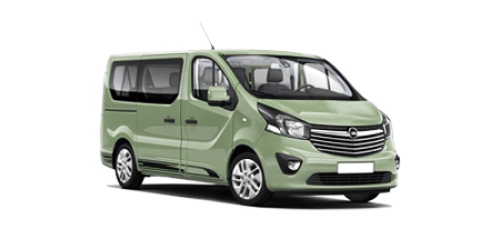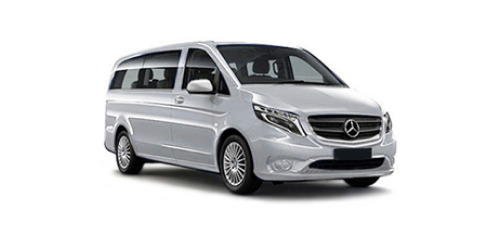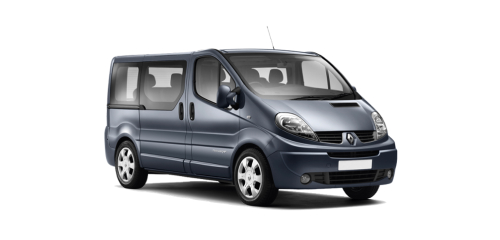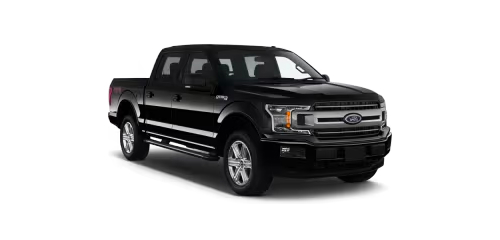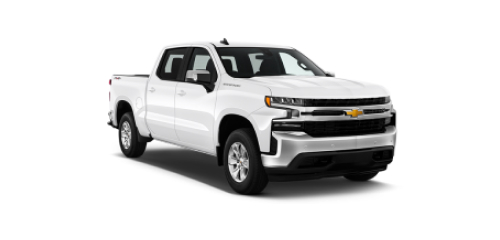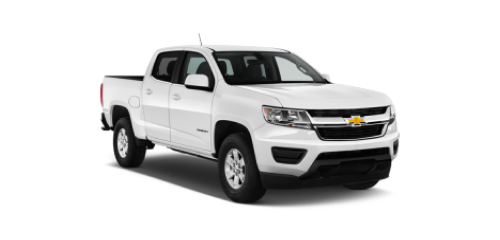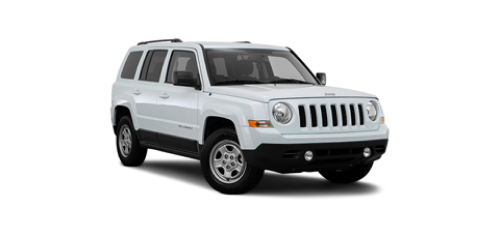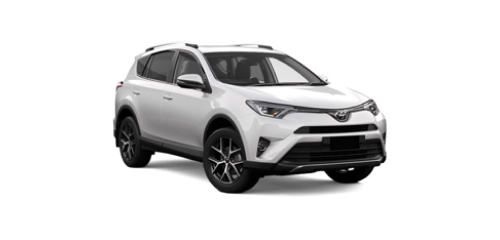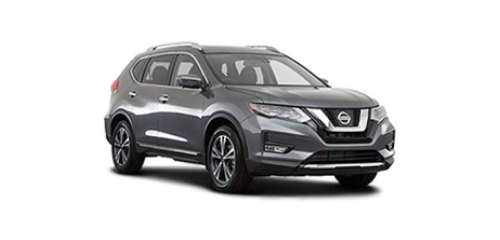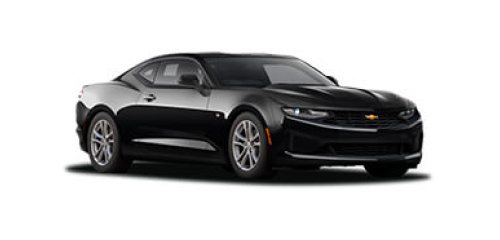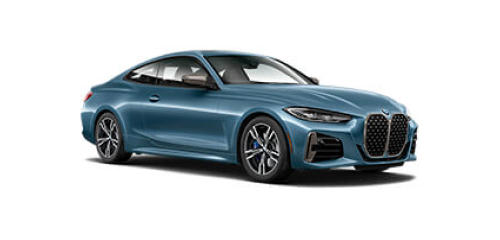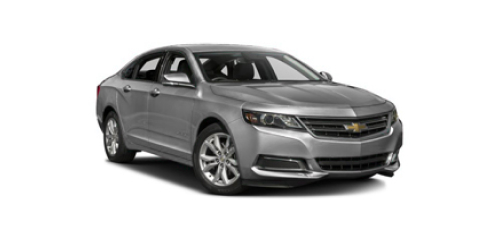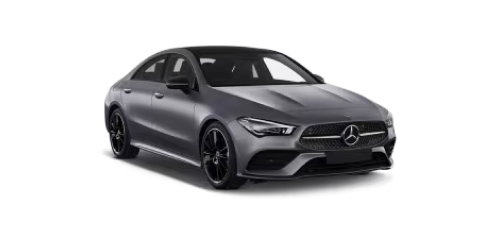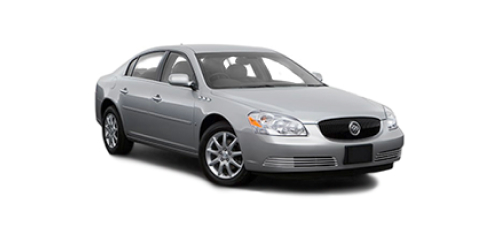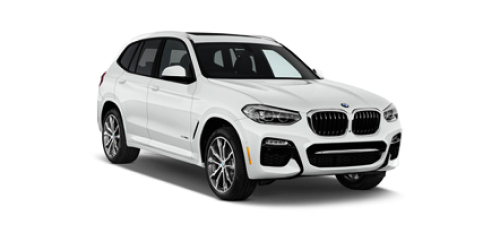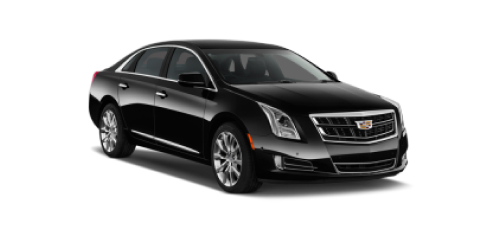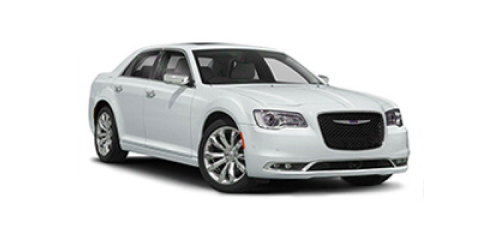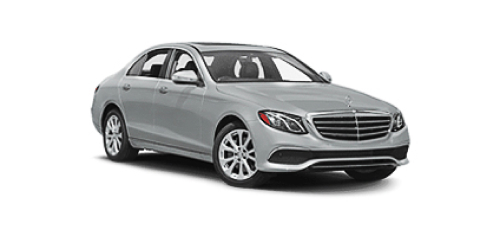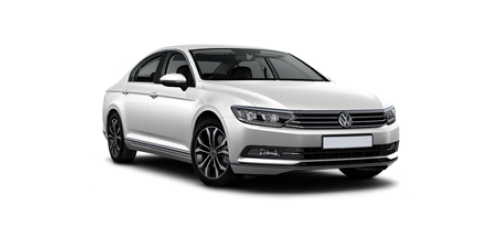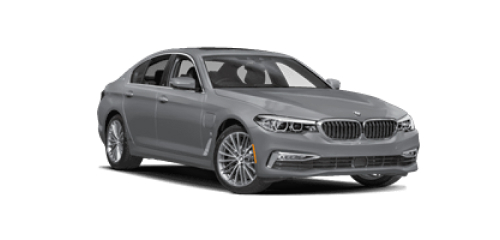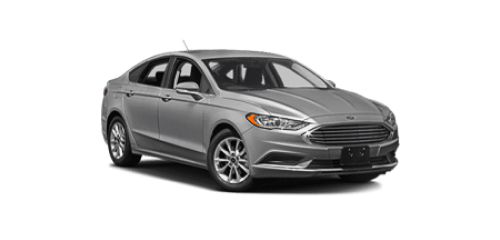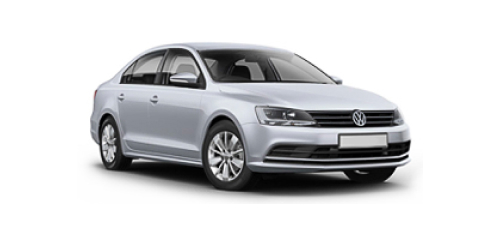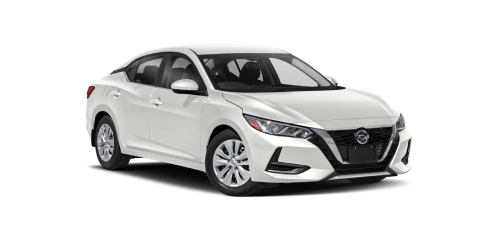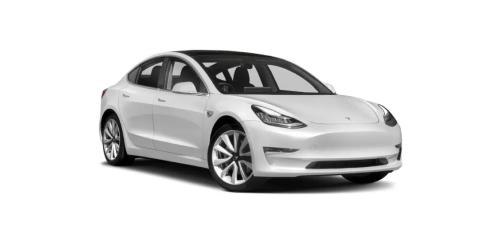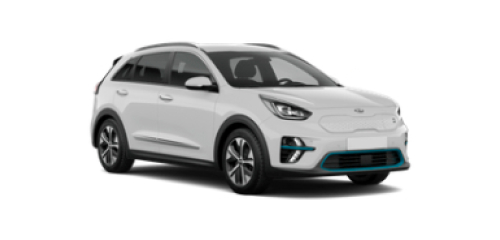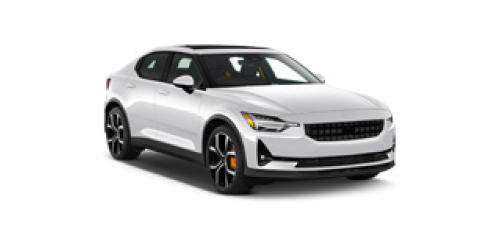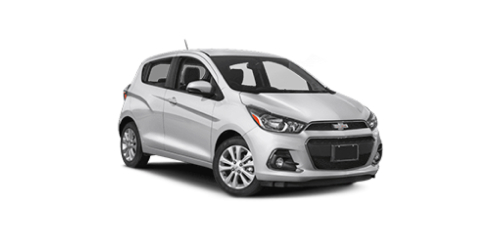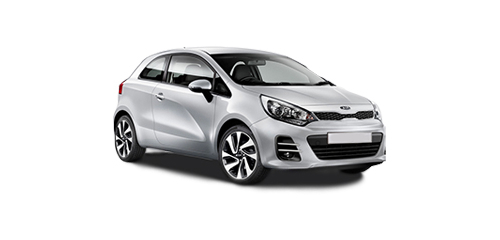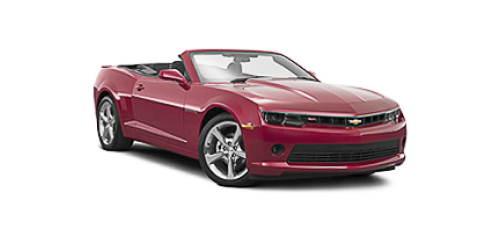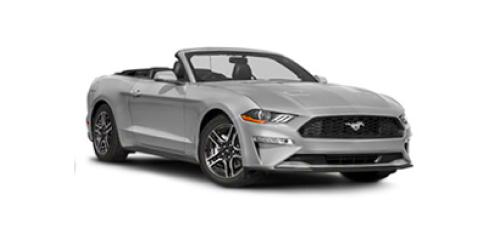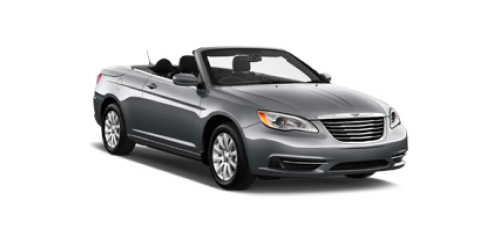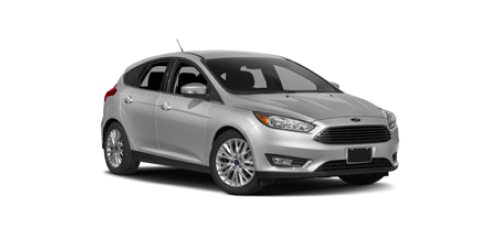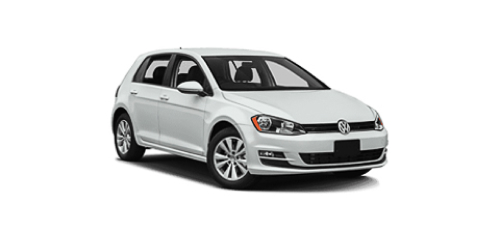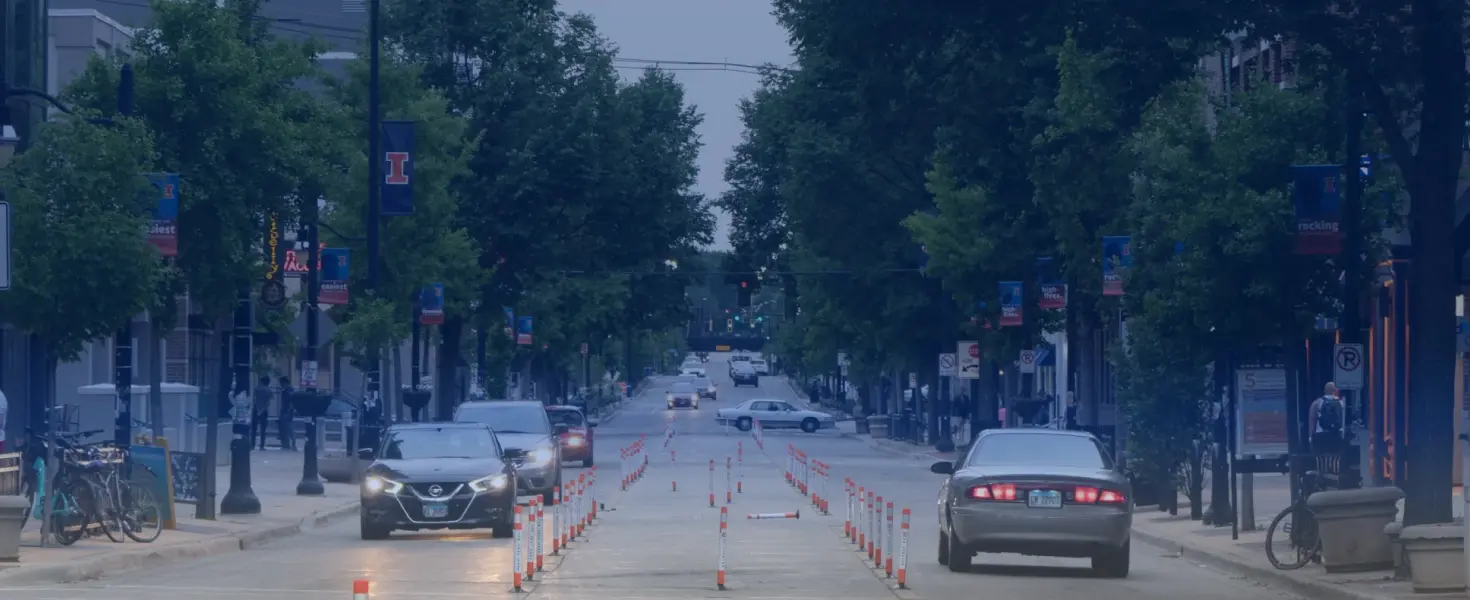
Cheap Car Rental in Valencia
- Secured payment guarantee
- 4 million users
- Multi-language support
- Booking of any class cars
- 600 providers worldwide

Tips for Renting a Car Inexpensively in Valencia
Looking for a cheap car rental in Valencia? With Economybookings, you can easily compare multiple providers to find the best possible deal across the country. Whether you're exploring major cities or venturing into rural regions, a quick comparison can save you time and money.
- Compare pickup locations – Select the broader city instead of a specific location to unlock more deal options, including off-airport savings.
- Slightly adjust pickup times and dates – Even changing your booking by an hour can reveal lower rates.
- Choose economy or compact cars – These vehicle types are usually the most budget-friendly.
- Book early – Especially during peak travel seasons (summer, holidays), advance booking helps secure lower prices and better availability.
Tips When Renting a Car in Valencia
- Valencia is a lively city all year round, so if you're planning to rent a car, it's best to book in advance. If your trip coincides with Las Fallas (March 15–19) or the summer months, booking ahead becomes almost mandatory. Cars get booked up fast around those dates, and prices usually jump too.
- Pick up your rental car at Valencia Airport. You'll find the most options there, plus it operates 24 hours, and the rental car area is right next to the terminal, so it's easy to grab your car and go. If you’re not arriving by plane, you can also find a good selection at Joaquín Sorolla train station, Valencia's main rail hub.
- If you'll be driving around the city center, choose a small vehicle with an environmental sticker. The historic center has narrow streets, and parking can be tricky. From December 1, 2025, driving downtown without a C or ECO sticker could get you fined.
- Avoid rush hours (7:00–9:30 AM and 5:00–7:30 PM), especially on the V-30 highway and Avenida del Cid, the main route from the city center to the airport. Traffic can pile up fast and no one wants to stress about being late or getting charged extra.
Driving Tips in Valencia
- Always carry your driver's license, rental contract, and insurance documents.
- Drive on the right, overtake on the left, and always signal your intentions.
- Pedestrians have the right of way at crosswalks; make sure you stop for them.
- Roundabouts require attention. Pick your lane before entering: inner lane for overtaking and outer lane for exiting. Yield to vehicles already in the roundabout and signal right before exiting.
- Popular gas stations include Repsol, Cepsa, BP, and Ballenoil.
- Spain has strict alcohol laws: the limit is 0.5 g/L (0.3 if your license is under two years old). Fines can easily exceed €500.
- If parking in blue or orange zones, don't forget to buy a ticket. Paid parking applies Monday to Friday (9 AM–2 PM and 4 PM–8 PM), plus Saturday mornings. To avoid keeping an eye on the clock, use an underground car park and pay when you leave.
Speed Limits
In Valencia, typical speed limits are:
- 120 km/h (75 mph) on highways
- 90 km/h (55 mph) on secondary roads
- 50 km/h (31 mph) on city streets
- 30 km/h (19 mph) on residential or narrow streets
- 20 km/h (12 mph) in shared pedestrian zones
Some areas might differ, so keep an eye on posted signs.
Road Signs
Road signs in Valencia follow the European standard: clear icons and limits in km/h. Destination signs appear in both Spanish and Valencian. Be aware of the Low Emission Zone (ZBE), clearly marked in the downtown area. Also, watch out for red-painted lanes reserved for buses and taxis; don't use them, even if they're empty (with very few exceptions).
Tolls and Restricted Zones
There are no toll roads within Valencia itself. However, be mindful of the downtown Low Emission Zone (ZBE), which fines vehicles without an environmental sticker.
Discover Valencia by Car
Valencia is a vibrant Mediterranean city, famous for modern architecture, beaches, and, of course, paella. But with a rental car, you can explore far beyond the city limits, charming villages, natural landscapes, and hidden coves.
Having a car allows easy day trips to Albufera Natural Park, just 20 minutes away and known for its lagoons and rice fields; medieval towns like Xàtiva and Peñíscola; or beautiful turquoise beaches at Jávea, Dénia, and Calpe.
When to Visit
Valencia enjoys mild weather year-round, making it great any time. However, these months offer special highlights:
- March: Experience Las Fallas, Valencia’s biggest festival, filled with incredible handmade sculptures, music, and fireworks.
- April to June: Pleasant temperatures and fewer tourists.
- July–August: Ideal for beach days and vibrant nightlife, though it gets hot.
Languages & Communication
In Valencia, both Spanish and Valencian are spoken. Valencian appears on street signs, official documents, and more. Don’t worry if you don't speak it—Spanish is universally understood, and English is widely spoken in tourist areas, hotels, bars, and shops.
Currency & Payments
The euro (€) is the currency in Valencia. Credit and debit cards are widely accepted, from metro tickets to drinks at cafes. Still, it's handy to carry a bit of cash, especially if visiting markets or small local shops. ATMs are easy to find.
Top Driving Routes from Valencia
- Albufera Natural Park: Explore natural landscapes, enjoy boat rides, and authentic lakeside paella.
- Peñíscola & Costa de Azahar: Sandy beaches, medieval castles, and charming Mediterranean towns.
- Requena & Utiel: Perfect for wine lovers, explore wineries and Requena's historic underground caves.
- Costa Blanca (Dénia, Jávea, Calpe): Stunning beaches, seafood cuisine, and iconic landmarks like Peñón de Ifach.
- Morella: One of Spain's most beautiful medieval towns, ideal for a full-day trip.
Experience the top locations with car rental in Valencia
Opening hours
Tu | We: 10-23:59
Sa | Su: 10-17:59
Address
Documents on pick-up
Credit Card
Take your credit card in the main driver`s name with a limit large enough to cover the excessPassport
Take your passportDriving License
Take your local and international driving licenseAll car rental in Valencia
Discover the cheapest car rental in Valencia
* Disclaimer: Prices displayed may not reflect today's rates.
What our customers say
Car rental companies in Valencia
We have prepared a shortlist of top rental companies in Valencia. To save both time and money compare offers on EconomyBookings.com to find the best deal.




















